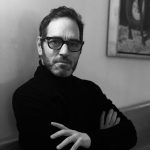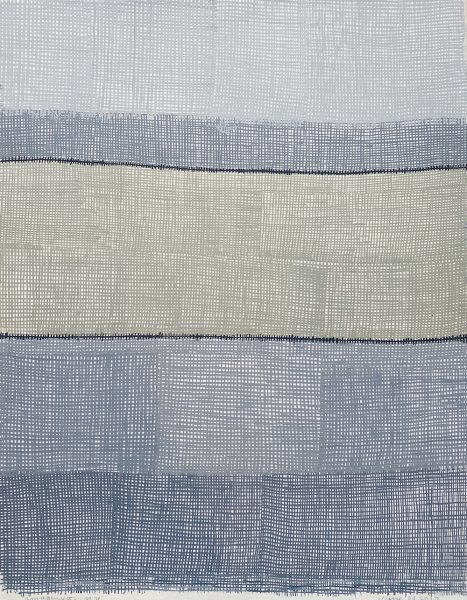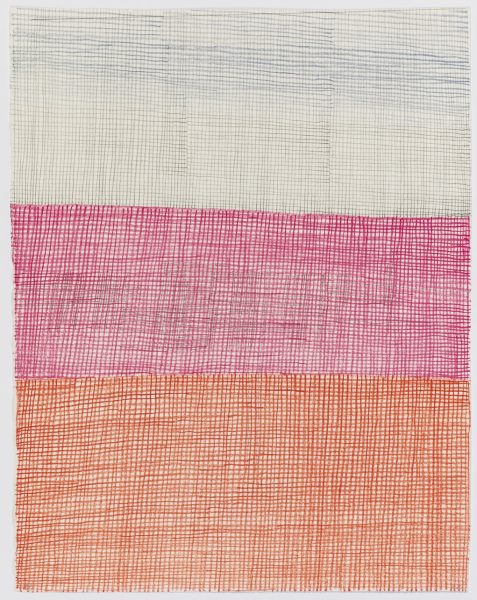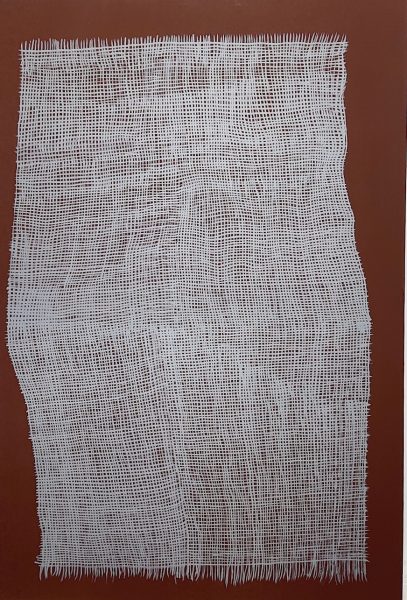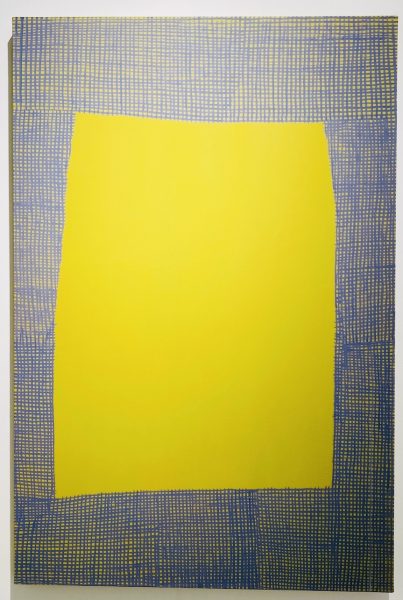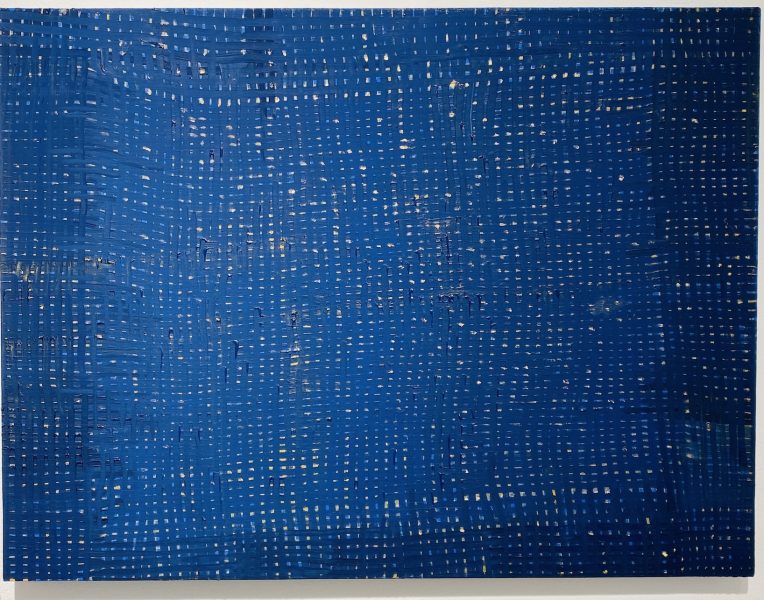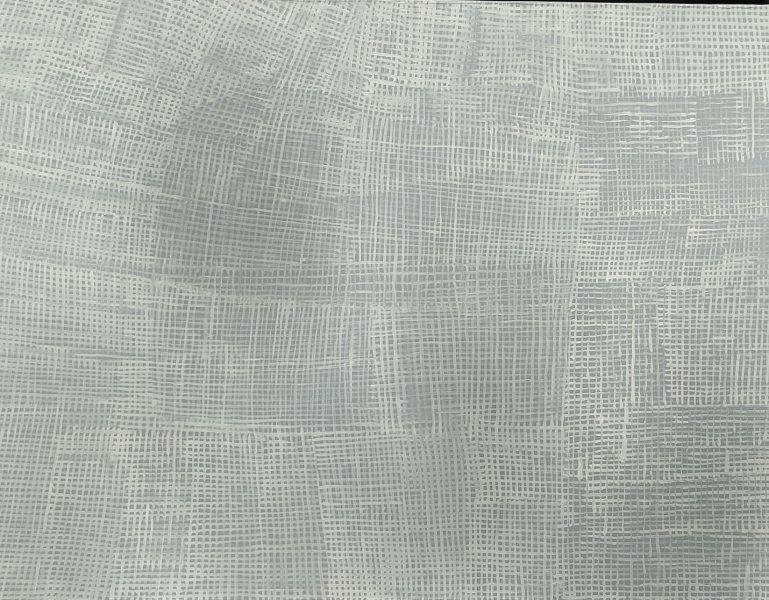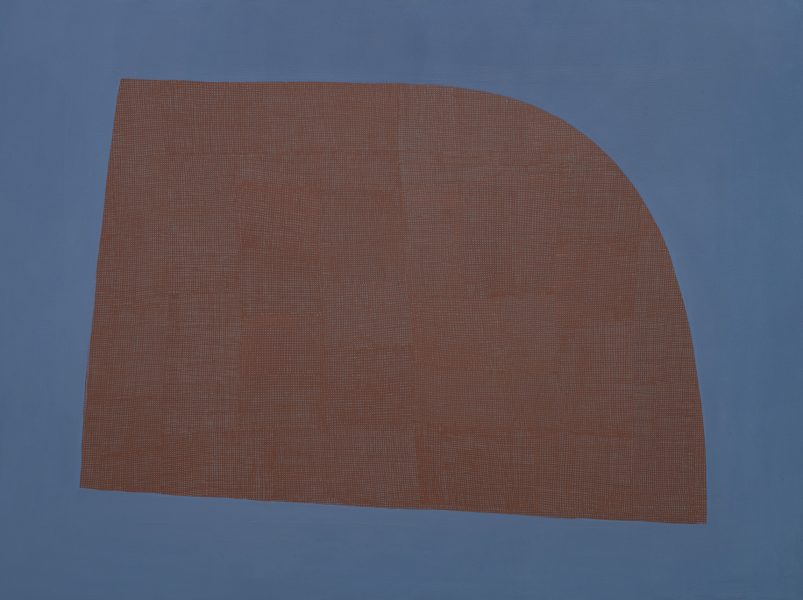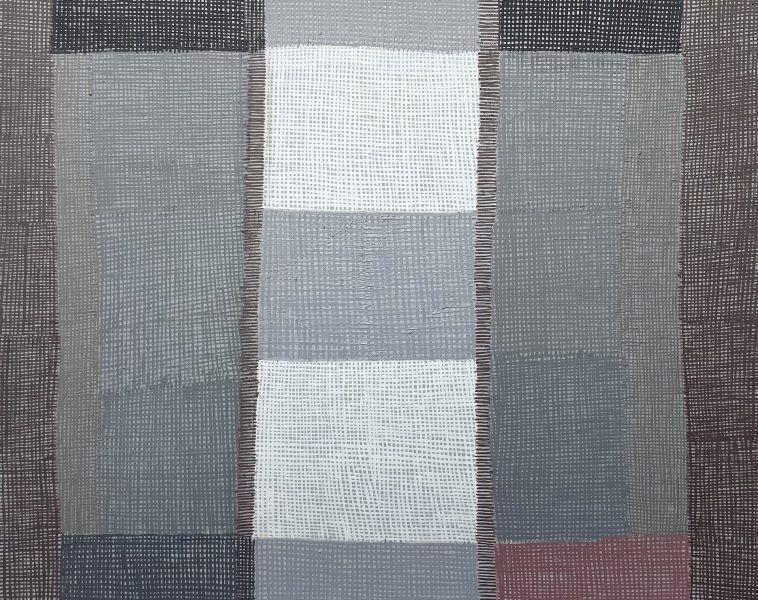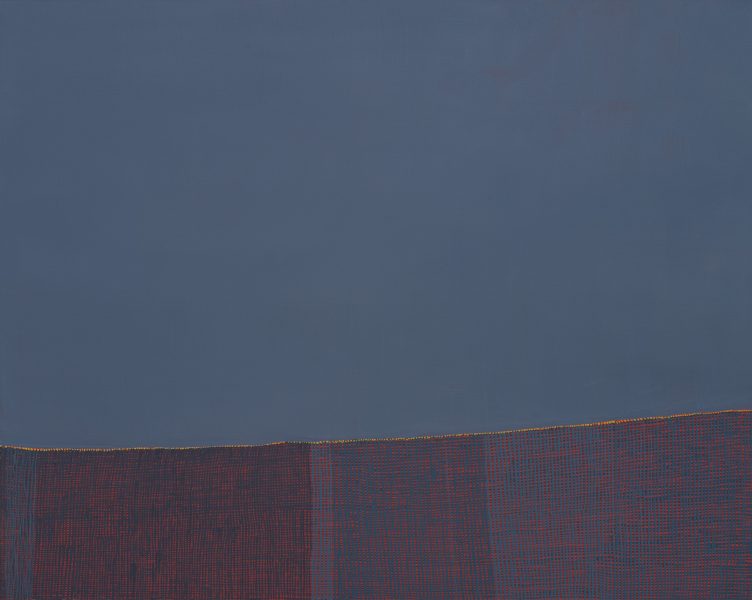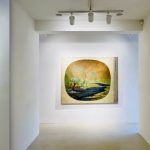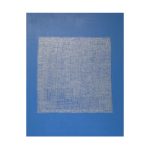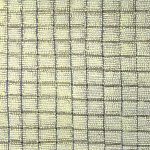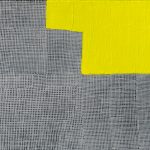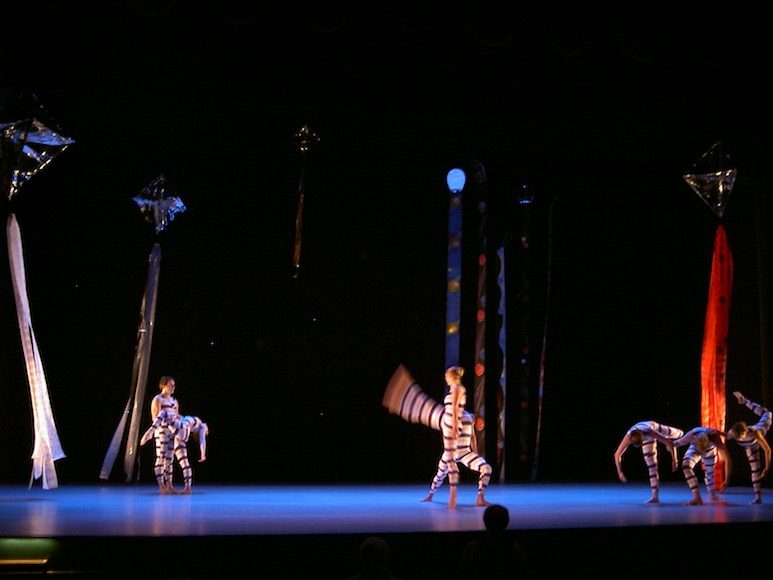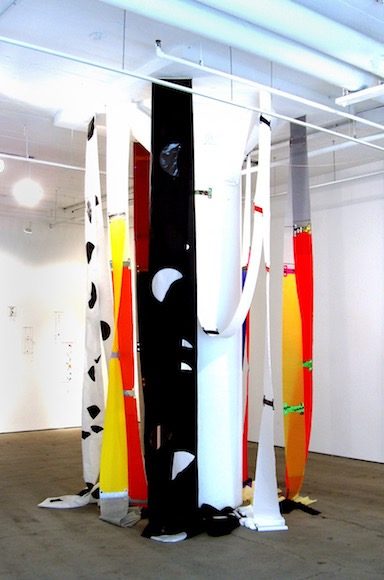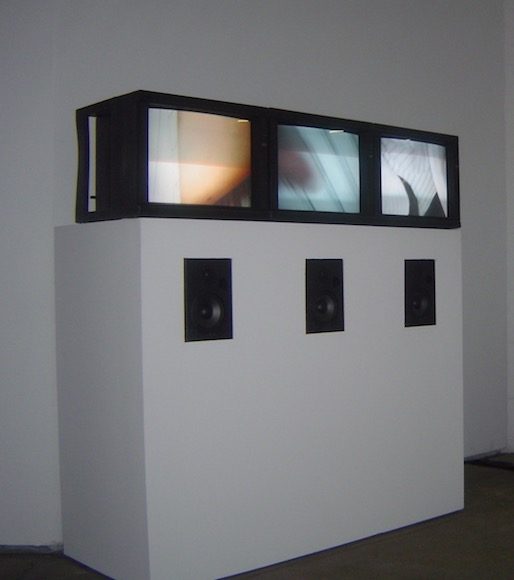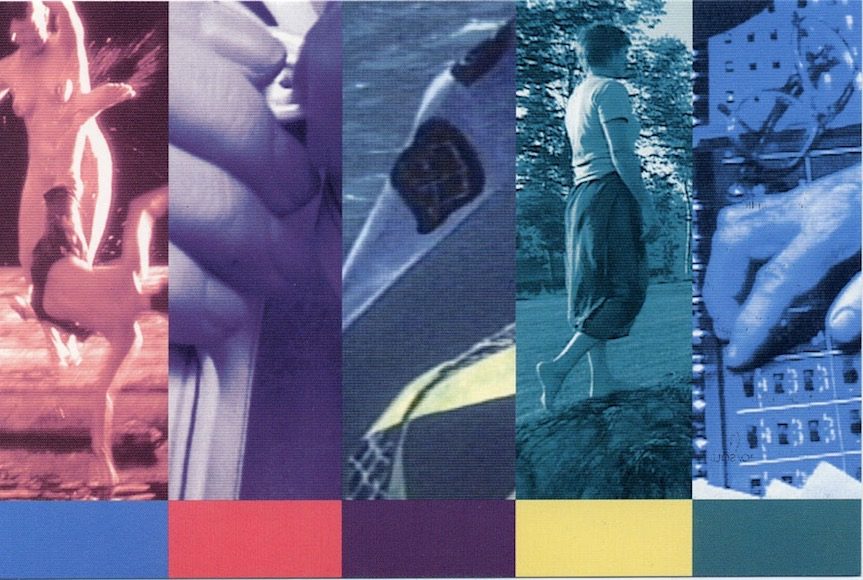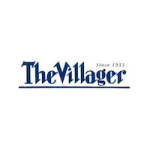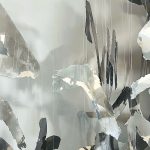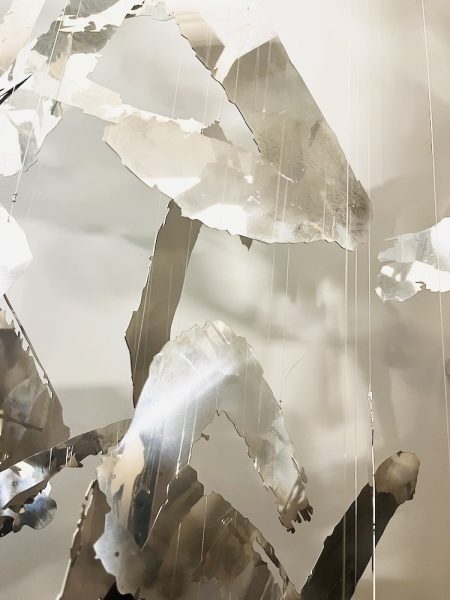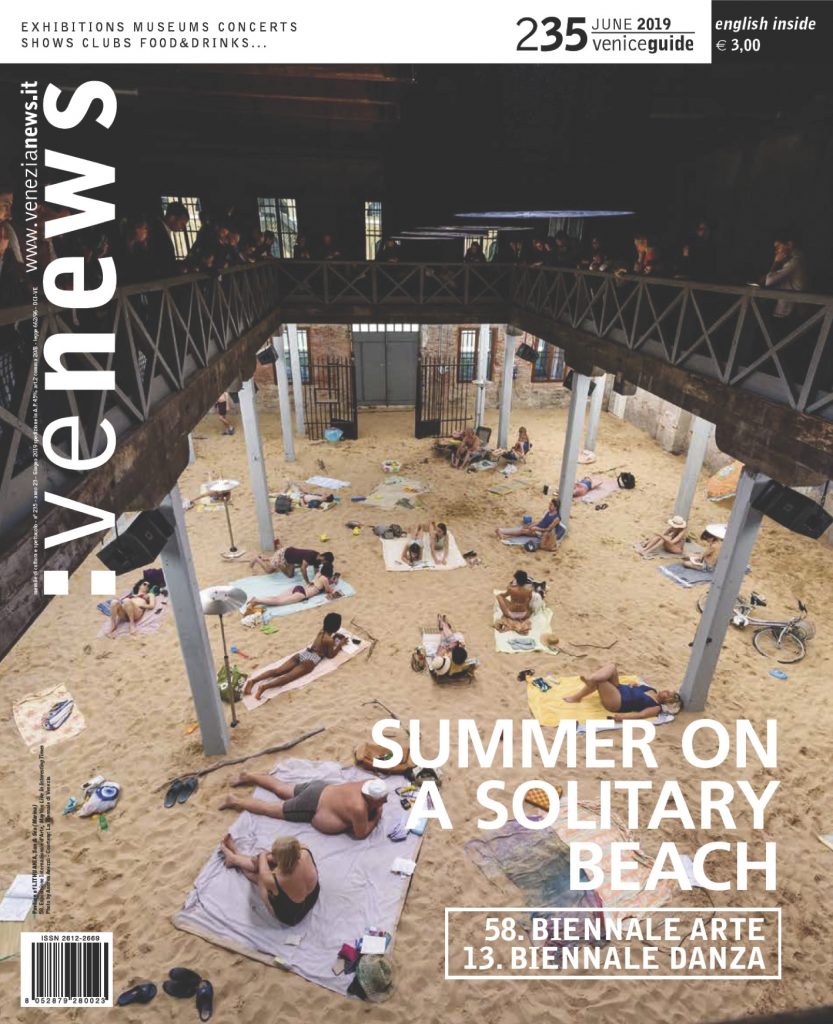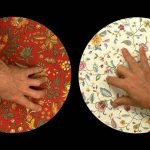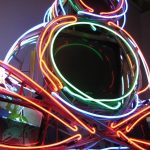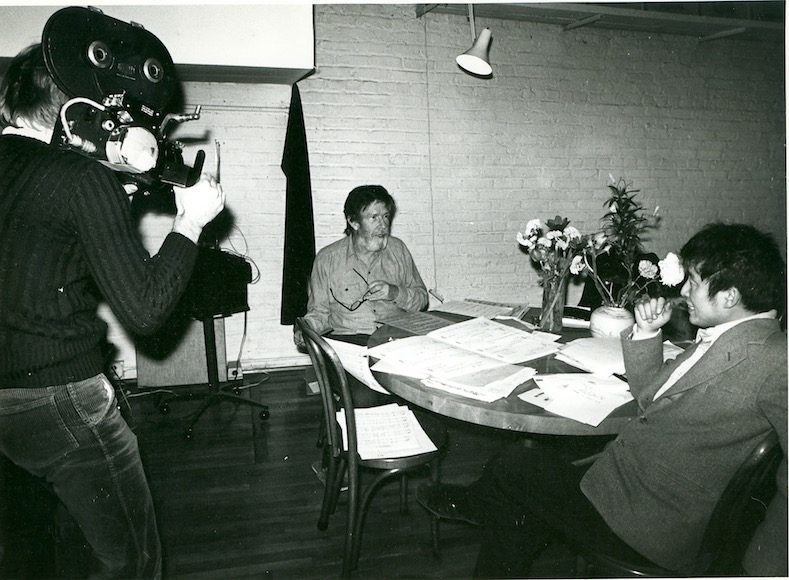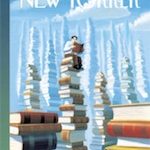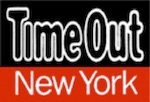“Jackie Matisse” participated Virtuality Conference in Turin, Italy
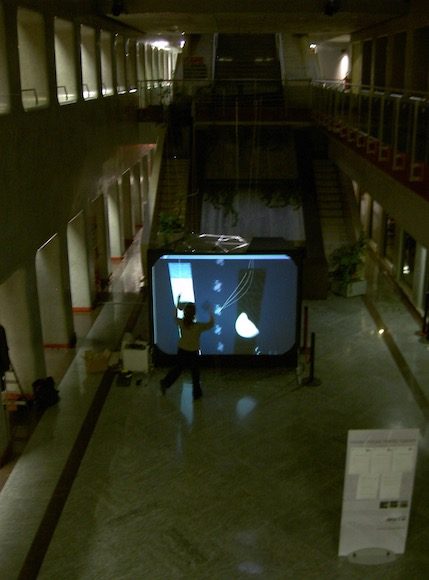
Kites Flying In and Out of Space
at Virtuality Conference in Turin, Italy
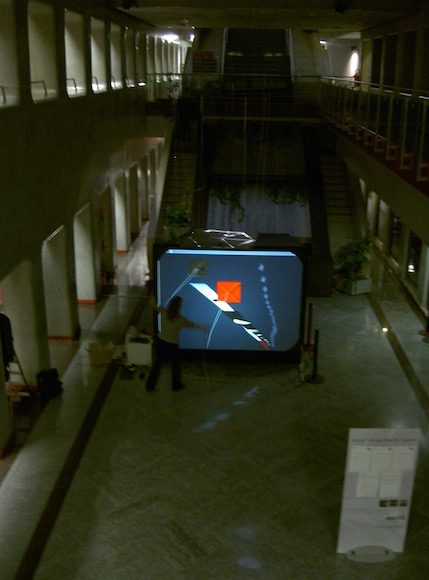
Kites Flying In and Out of Space
at Virtuality Conference in Turin, Italy
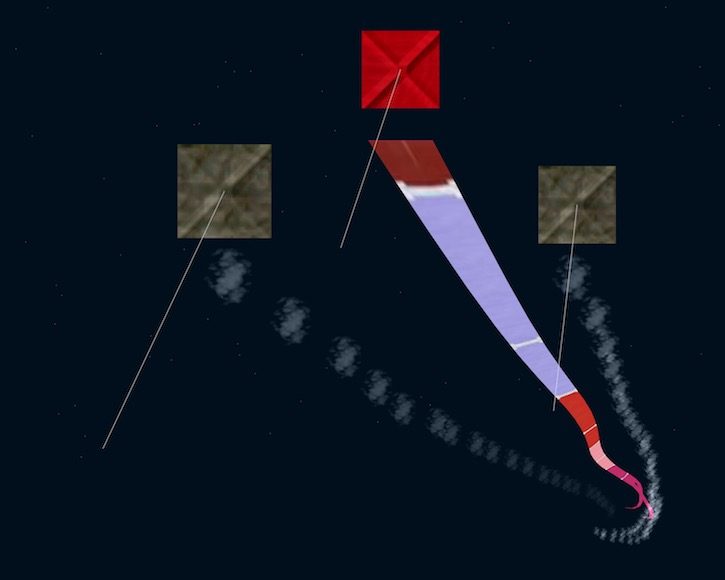
Kites Flying In and Out of Space
at Virtuality Conference in Turin, Italy
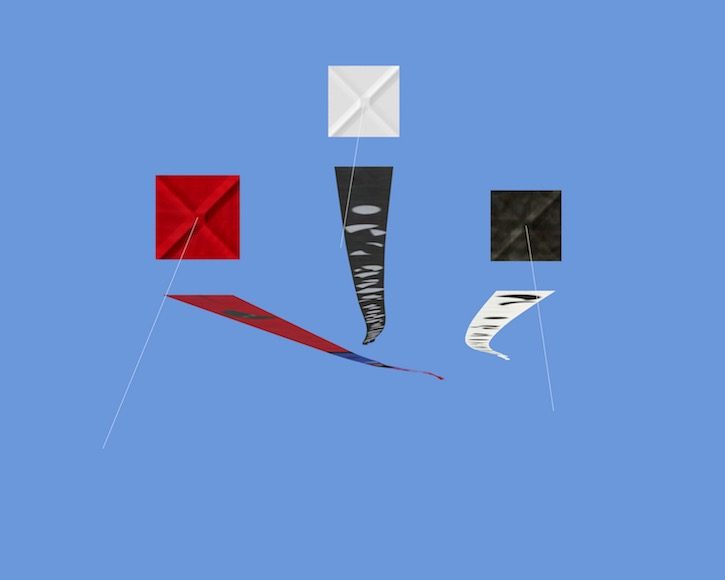
Kites Flying In and Out of Space
at Virtuality Conference in Turin, Italy
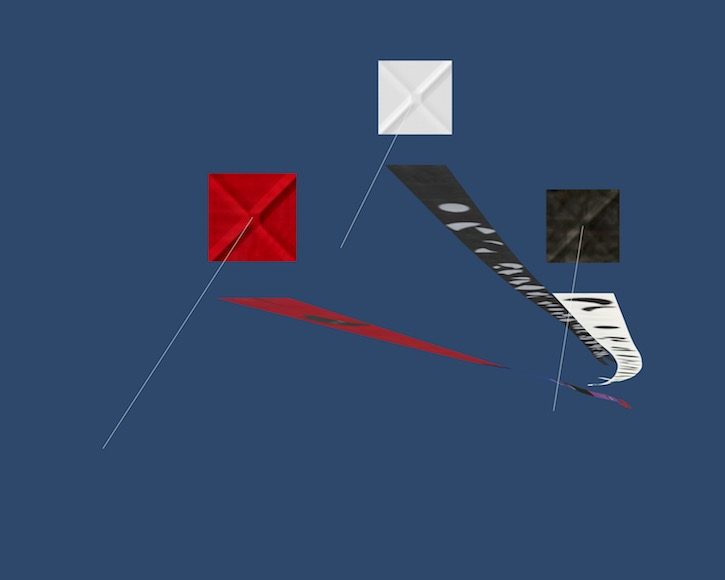
Kites Flying In and Out of Space
at Virtuality Conference in Turin, Italy
Virtuality is a premiere international event on Computer Graphics, Interactive Techniques, Digital Cinema, 3D Animation, Gaming and VFX. Every year, Virtuality proposes the most up-to-date discussion about cutting-edge applications of VR and Interactive Techniques in various fields. Particular attention is paid to industrial applications and to the multifaceted universe of cinema, including presentations by world-class experts of animation and visual effects.
“Kites Flying in and Out of Space is the first virtual reality (VR) art piece to use big broadband grid computing full-immersion techniques. For the kites to appear as three-dimensional forms in space, the computer-generated images must correspond perspectivally to a viewer’s location in the CAVE. A CAVE is a 10-by-10-foot structure in which computer-generated images are rear-projected onto the walls and floor so that a person standing in the CAVE is completely surrounded by stereoscopic computer graphics.
With Kites, a participant wears special glasses and holds a wand to control kite movements and to inject wind into the scene. The glasses, tracked using magnetic sensors, feed data to a computer that continually recalculates the kite forms and projects them back into the cave.
Scott Bradner of Network World called Kites Flying in and Out of Space the most emblematic demonstration of a real-time interactive, 3-D work of art and a beautiful personfication of distributed computing.”
(Taken from Howard Ristatti’s article “Jackie Matisse, Collaborations in Art and Science.” Sculpture Magazine. November, 2006.)
Jackie Matisse
Kites Flying In and Out of Space
Virtuality Conference
Turin, Italy
November 3 – 6, 2005
“Art Flying In and Out of Space” is a virtual reality simulation of Jackie Matisse’s real-world physical kites, although we may be calling it an ‘interactive stereoscopic installation’ rather than VR in this case. The installation is what’s called a projection-based VR system, as apposed to the perhaps more familiar head-mounted display, where users wear a helmet with computer displays attached. Projection-based VR started with the CAVE system developed at the University of Illinois’ Electronic Visualization Laboratory. One of the key elements of VR is to immerse the viewer in the virtual world (note that the meaning of ‘immersion’ is very loose and often up for debate). Head-mounted displays do this by attaching the display to the viewer’s head; projection-based systems do this by using very large screens that fill one’s field of view. A full CAVE is a 10 x 10 foot room with projections on multiple walls and the floor; due to space and budget restrictions, this gallery installation will only have a single 8 x 10 foot screen; when users stand up close, it will still (more or less) fill their field of view. The screen is rear-projected so that people can stand close without casting shadows on the computer imagery.
The display is stereoscopic, similar to 3D movies. The technology we use is polarized stereoscopy. Two projectors display different images, one for the left eye and one for the right eye. The projectors have different polarizing filters, and viewers wear matching polarized glasses to see the 3D effect.
A six-degree-of-freedom tracking system is used in VR systems to allow the computer to know where things (such as the user’s head & hand) are, allowing direct physical interaction with the virtual world, rather than having interaction mediated by a button/menu/etc GUI. In our case, we won’t be tracking the head (which normally is used to draw the graphics from the tracked person’s viewpoint), since several people will be viewing the display simultaneously, so we will use a fixed viewpoint for the graphics. We will use the trackers to allow 2 or 3 people to fly the kites – the ends of the virtual strings will be attached to the physical trackers, which the people can move around in 3D.
The sound for the piece is music by Tom Johnson. The music is dynamic – it plays in response to the motion of the kites, as manipulated by the viewers. The kites themselves involve a physics simulation known as a “mass-spring model”. Each kite is treated as a mesh of points; the points are affected by physical forces such as wind and gravity, as well as a “spring force” that keeps the kite together as a single surface. The earlier versions of the piece used supercomputers to perform detailed simulations of the kites, with the data being streamed back to the VR system over high-speed networks. As
we don’t have such resources for this installation, a much simplified version of the simulation will be running on the single Linux PC in the gallery. The motion of the simplified kites will still look very similar, just with less detail, and perhaps less realistic (although this is not likely to be apparent to most viewers).
The whole VR Installation consists of 2 or 3 PCs (one with a high-end “gaming quality” graphics card), an electromagnetic tracking system, 2 projectors, polarizing filters and glasses, a special polarizing-preserving screen, and speakers. We assembled the system ourselves at UB from these parts; some companies sell similar systems pre-packaged, but for a lot more money.
Dave Pape
Assistant Professor
Media Study, University at Buffalo
Related
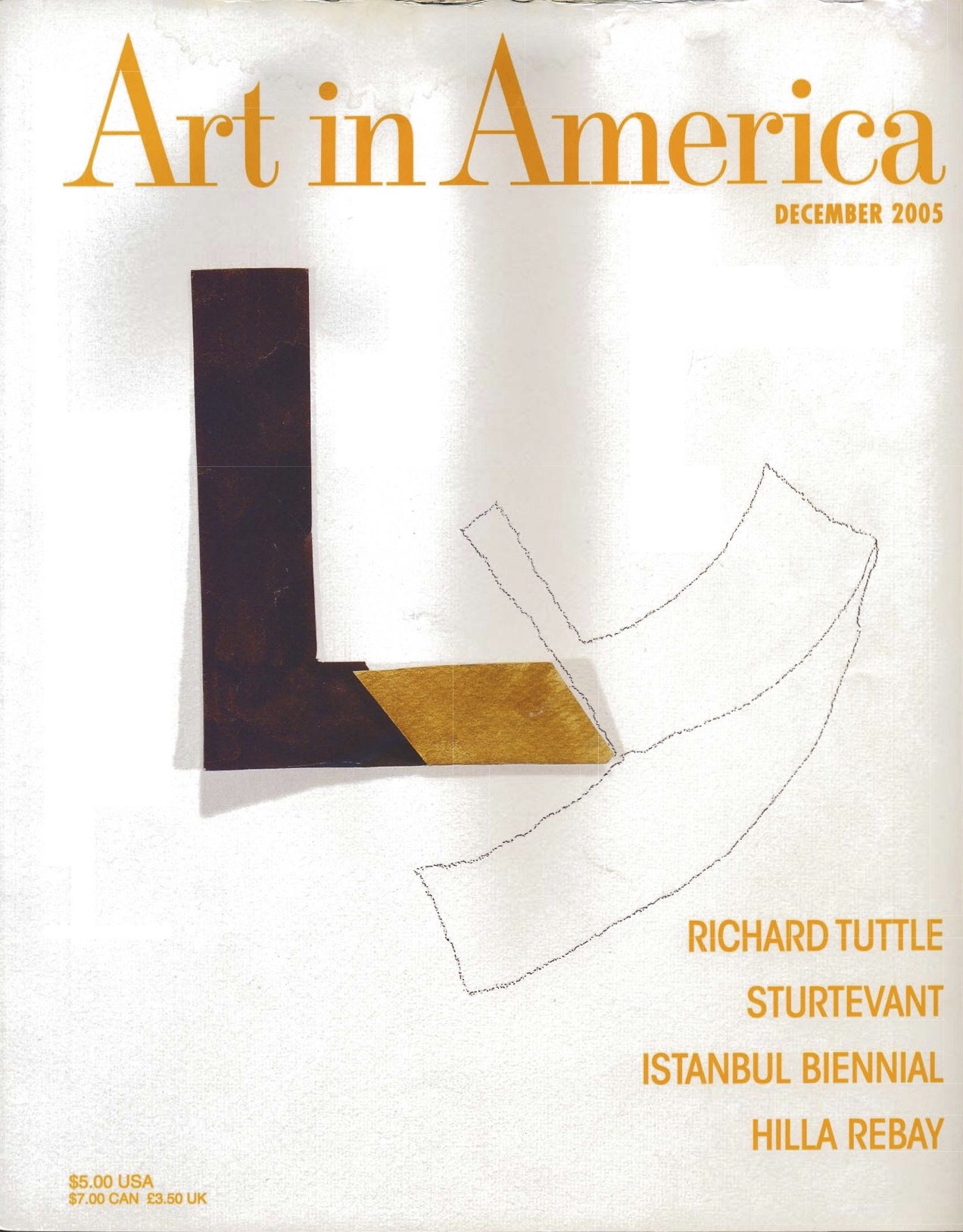
“Airborne Abstraction”, ART IN AMERICA reviews Jackie Matisse’s exhibition
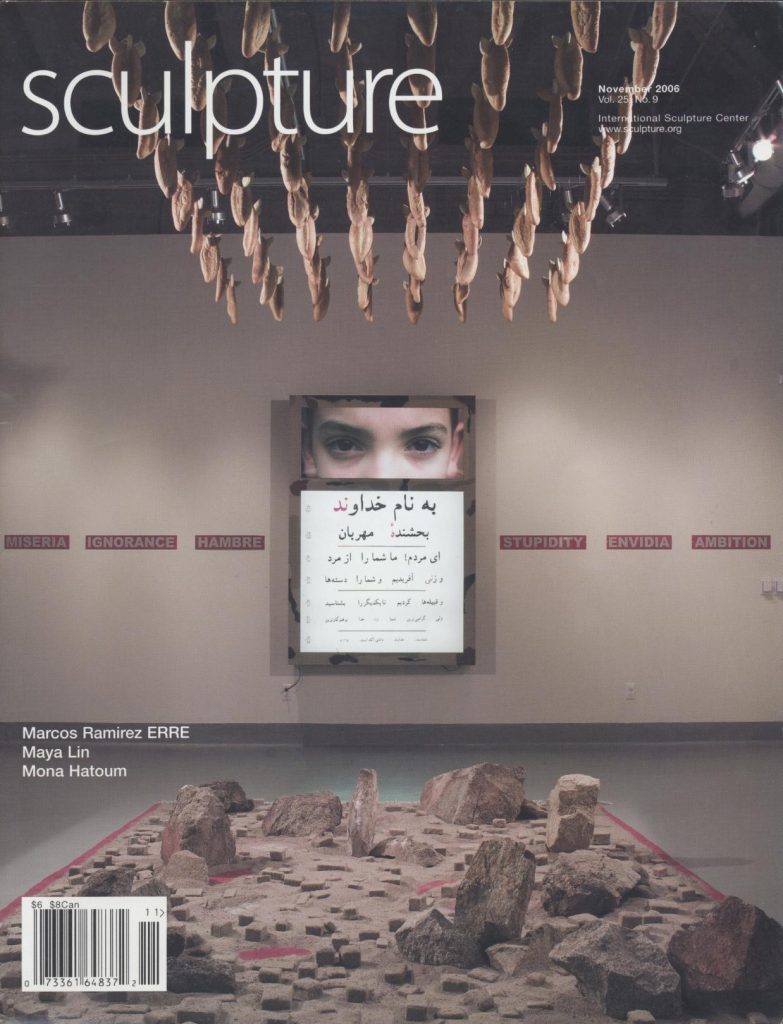
SCULPTURE MAGAZINE review on Jackie Matisse
Categories: projects
Tags: Jackie Matisse
“Molly Davies” showcased at Digital & Video Art Paris
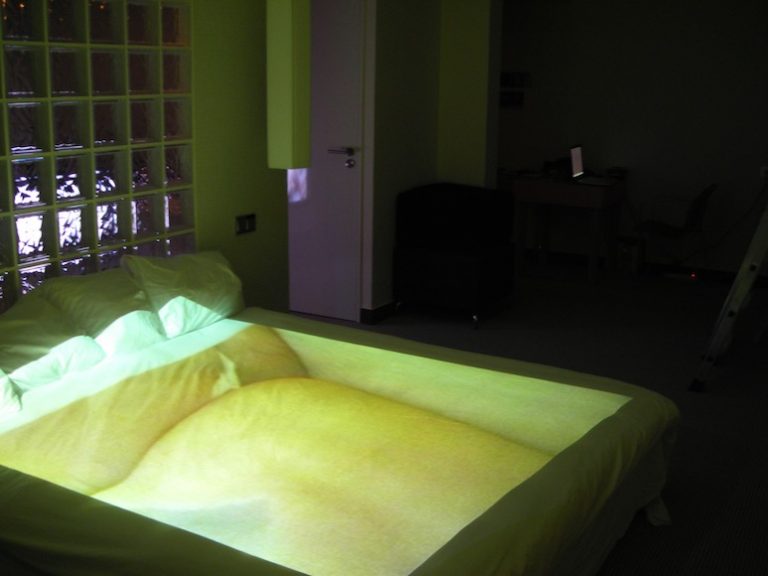
Installation view
Performance by Polly Motley
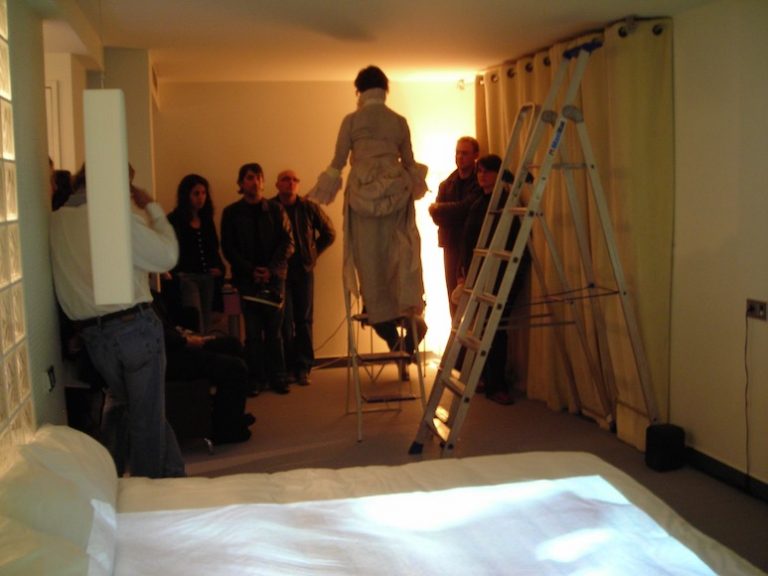
Installation view
Performance by Polly Motley
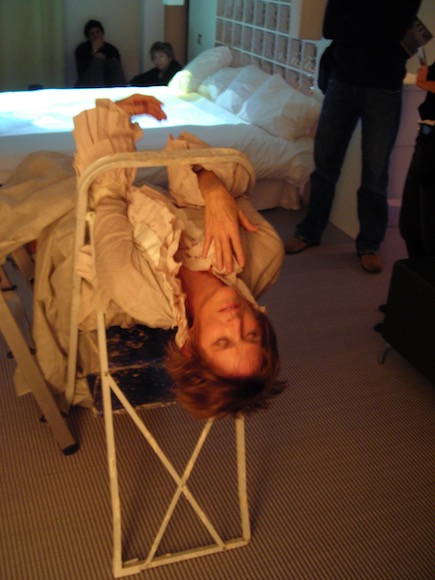
Installation view
Performance by Polly Motley
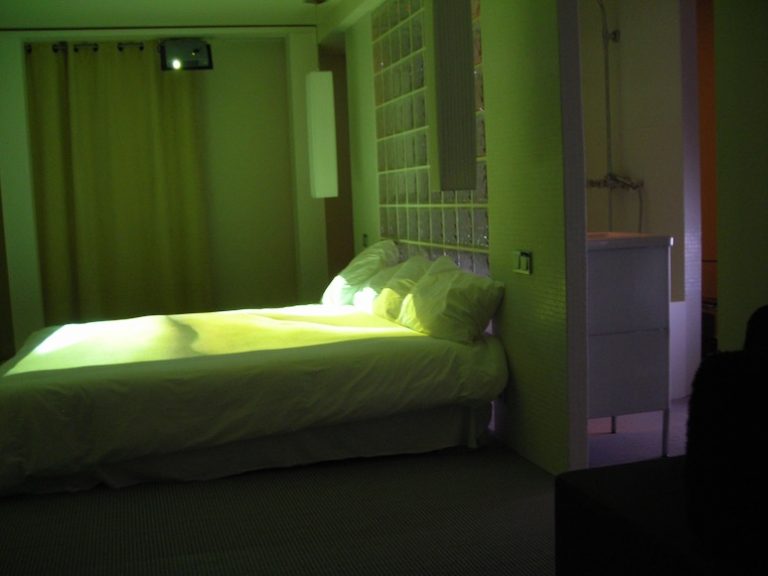
Installation view
Performance by Polly Motley
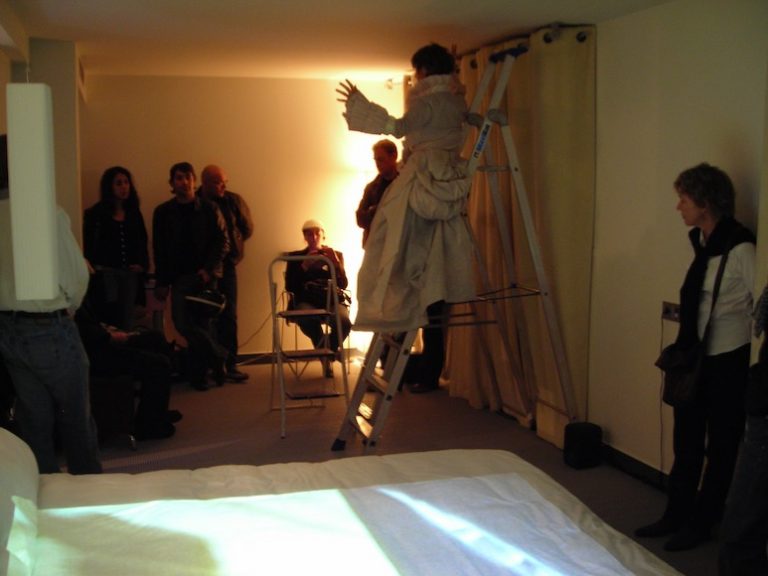
Installation view
Performance by Polly Motley
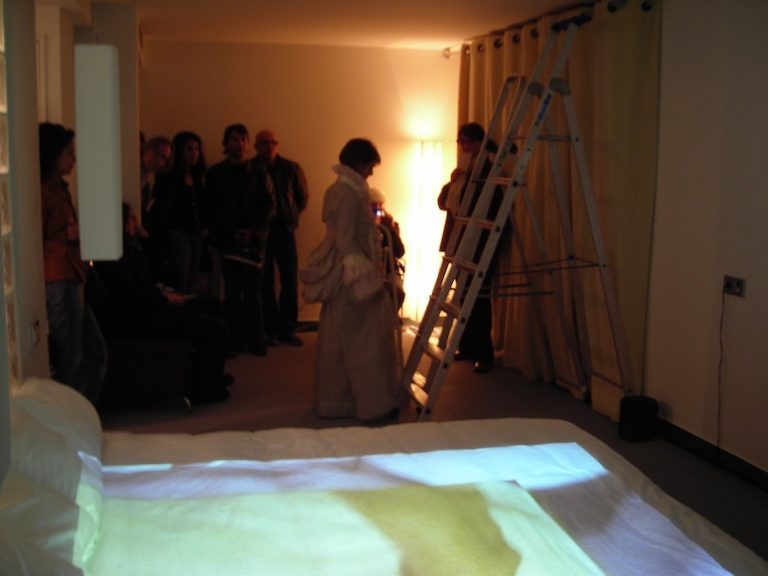
Installation view
Performance by Polly Motley
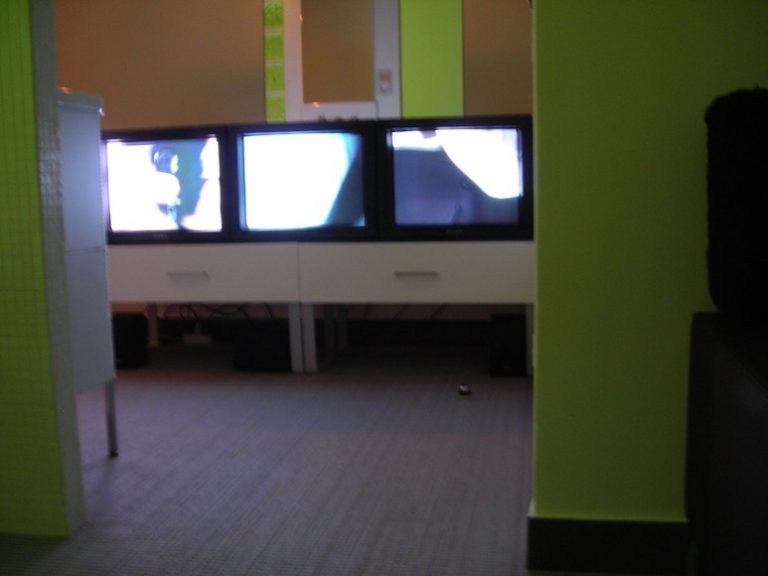
Installation view
Performance by Polly Motley
ZONE: Chelsea Center for the Arts presented Molly Davies’s Autopsy and Dressing, at Digital & Video Art Fair 2006 Paris – A Tribute to Matthew Barney.
Polly Motley performed during the exhibition.
Autopsy
1998
Video/sound installation
12 minutes continuous loop
One channel of video projected on the wall, amplified mono sound, using one speaker on the floor.
Performance and concept by Polly Motley, Video manipulation by Molly Davies
DJ by Beth Coleman/ DJ Singe
DRESSING
1998
Video/sound installation
Performance by Polly Motley. Sound by Beth Coleman/ DJ Singe.
6 minutes continuous loop
Three channels of color video on 21” monitors on black table, three channels of amplified mono sound, using three speakers on the floor.
Molly Davies started making experimental films in the late 1960’s in New York City. For multi media performance pieces she has collaborated with artists including John Cage, David Tudor, Takehisa Kosugi, Lou Harrison, Michael Nyman, Alvin Curran, Fred Frith, Suzushi Hanayagi, Sage Cowles, Polly Motley, Jackie Matisse and Anne Carson. Her work has been presented at such sites as the Venice Film Festival, the Centre Pompidou, Musée de l’Art Moderne de la Ville de Paris, Musée d’Art Contemporain Lyon, The Getty, Theatre Am Turm, the Whitney Museum, the Walker Arts Center, Asia Society, the Kitchen, La MaMa E.T.C., Dance Theatre Workshop, Jacob’s Pillow Dance Festival and the Indonesian Dance Festival. Her video installation work is in the collections of the Getty Research Institute, the Musée Art Contemporain Lyon and the Walker Art Center. Her major works include “David Tudor’s Ocean” a six-channel piece documenting performances by the Merce Cunningham Dance Company and “Sea Tails” a three-channel, six monitor piece integrating film footage of Jackie Matisse’s underwater kites with a score by David Tudor.
Polly Motley is a choreographer, performer, collaborator and teacher with more than thirty years of extensive experience in dance, video and performance making. She trained from an early age in classical and contemporary dance forms—ballet, jazz, tap, modern and post-modern styles. She began improvising and choreographing in 1974 while dancing with experimental dance/theater companies in Houston and Austin, Texas. She joined the faculty of Loretto Heights College in Denver in 1982. She worked with Barbara Dilley at Naropa University in Boulder, Colorado where she studied dance ethnology, contemplative dance, and creative process. She performed, choreographed, and was a faculty member for Naropa University until she moved from Colorado in 1996. Her work at Naropa included dance-theater/video interactions, multi-media performance meditations (with New York film/installation artist, Molly Davies), and composed vocal/gestural improvisations.
Motley has collaborated with a roster of dance, music, visual and literary artists that includes Steve Paxton, Dana Reitz, Simone Forti, Charles Amirkhanian, Takehisa Kosugi, Fred Frith, Anne Carson, and Jack Collom. She was the first choreographer from the United States for the Triangle Arts Program, an exchange between the United States, Japan and Indonesia. Her most recent participation in that program included performing at the Asia Society in New York with Indonesian dance master, Mugiyono, and Japanese performer, Kota Yamazaki.
Motley’s newest solo, Dancing the Numbers, was recently presented at the Danspace Project in New York to critical praise. Her work is supported by state and National Endowment for the Arts awards and choreography fellowships. It has been presented by the Jack Tilton Gallery, Dance Theater Workshop, The Kitchen, Danspace Project , The Colorado Dance Festival, Jacob’s Pillow Dance Festival, Bates College Dance Festival, The New York Improvisation Festival, Movement Research at Judson Church, the Edge Festival San Francisco, Tulane University Art Gallery, MousonTurm (Frankfurt), and the Indonesian Dance Festival, Jakarta among other venues.
Motley received a Master of Fine Arts from the University of Colorado, Boulder with a thesis on the interactive relationships of video and performance.
Digital & Video Art Fair 2006 Paris
A Tribute to Matthew Barney
October 26 – 29, 2006
KUBE
1 – 5 Passage Ruelle
Adjacent à l’Avenue Marx Dormoy
75018 Paris, France
Related:
Categories: projects
Tags: Molly Davies
“Communion Constellation” presented during the 53rd Venice Biennale
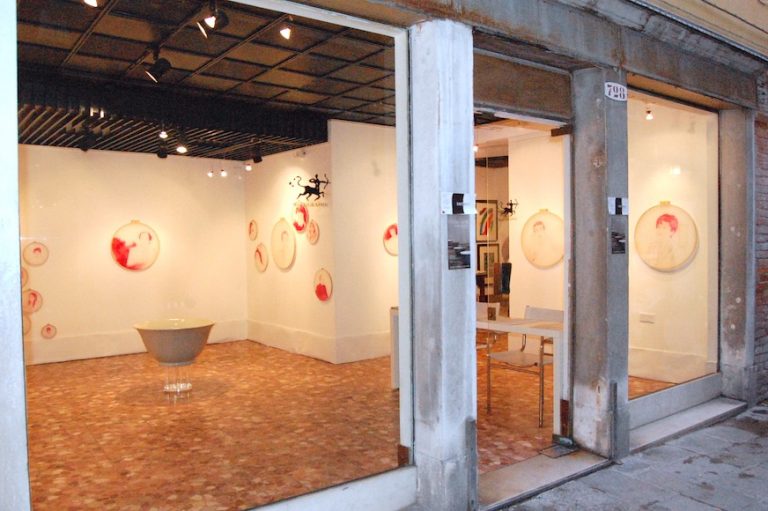
Communion | Constellation
Installation view, Venice, Italy
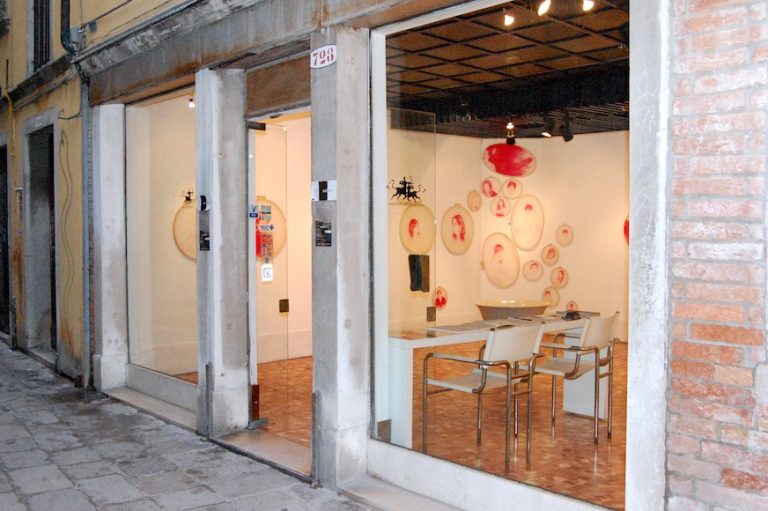
Communion | Constellation
Installation view, Venice, Italy
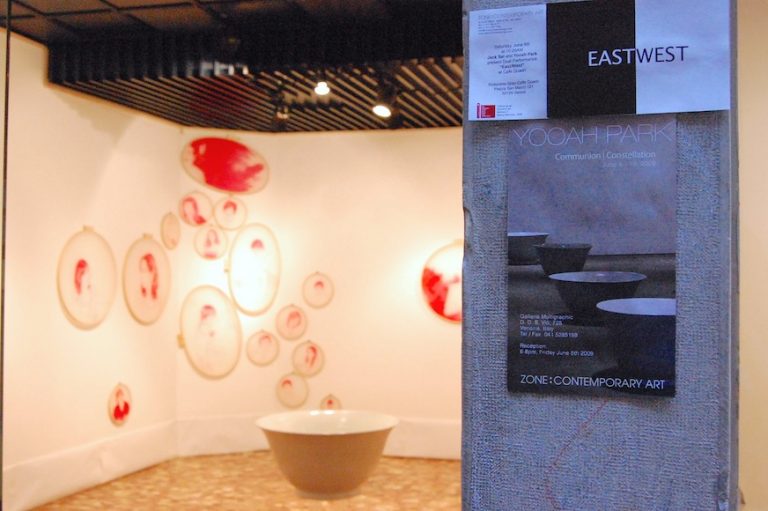
Communion | Constellation
Installation view, Venice, Italy
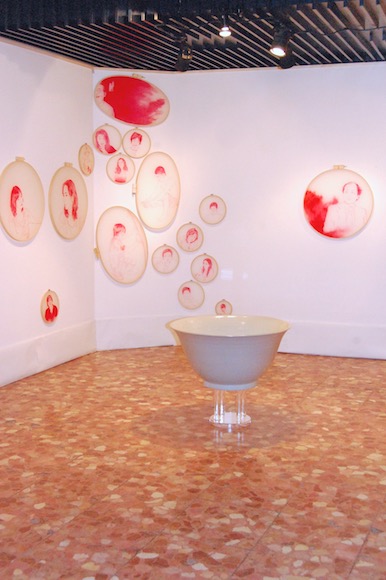
Communion | Constellation
Installation view, Venice, Italy
ZONE CONTEMPORARY ART is proud to present “Communion/Constellation,” a solo exhibition by gallery artist Yooah Park, on the occasion of the 53rd Venice Biennale. ZONE’s mission of global artistic interchange reflects the main theme of the Biennale, “ Making Worlds.”
“Communion/Constellation” establishes an intimate gathering space, exploring the circle form in various mediums. Portraits of family and friends cluster around a communal rice bowl. A universal symbol of plenty, of physical and spiritual nourishment, of vitality and renewal, the ceramic bowel has historically been an integral part of Korean culture. While majestic in scale, Yooah’s vessel seems almost weightless because of the delicacy of its celadon glaze. The gentle irregularities of the bowl are an eloquent reminder of the casting process, in which dynamic forces are guarded by the artist’s shaping hand and eye. The large and small tondo paintings are executed in red on a translucent, skin-like fabric of liquid vinyl. The refined draftsmanship of the portraits is reminiscent of old master drawings, while the luminosity of the materials suggests grisaille stained glass.
Trained as a traditional brush painter Yooah extends the gestural language of calligraphy onto these evocations of people vital to her personal constellation. The red ink, or Gyong-myon-ju-sa, is a mineral pigment of cinnabar, mercury and sulfur (HgS). In alchemy, sulfur is considered to be a condensation of positiveness, and mercury is thought to be a condensation of negativeness. Combined, they create a mysterious power that wards off evil. The minerals are mixed with cinnabar and perilla-oil. Unlike many other pigments, Gyong-myon-ju-sa is highly stable: the ink will be permanent until the support disintegrates. Because Yooah used the high-tech liquid vinyl, instead of the traditional paper, her images will last even longer. Like an alchemist, the painter is adept in the art of mixing delicate and dangerous elements. Gyong-myon-ju-sa, also called Inju, is used to create Bujeok, small talismans, carried for protection or posted at certain plays in and around the house: over a door or gate or on the ceiling. The blood-red color and viscosity of Inju also allude to sealing wax and colophon signatures. In both paintings and ceramics, the artist manipulates raw materials to liberate the spirit within.
Parallel Event:
On Saturday, June 6th at 10:00AM, New York based Zone Artists Jack Sal and Yooah Park will present a Dual Performance entitled “East/West” at Caffé Quadri on the historical Piazza San Marco.* Sal, who has participated in numerous exhibitions, projects, and events for past Biennales, will continue his performances with coffee and other elements and will be joined for the first time by another artist. In this first occasion, a collaboration has been established with Yooah Park, whose work with tea and other traditional Asian foods creates a contrast/mirror to Sal’s ongoing activities in Venice.
* Ristorante Gran Caffé Quadri
Piazza San Marco 121
30124 Venice
Yooah Park
Communion/Constellation
June 5 – June 19, 2009
Opening reception: 6-8pm, June 5
Galleria Multigraphic
D.D.S. Vio 728 Venezia, Italy
The frame of needlework, the surface of vinyl, the subtle trace of ink. Drawn from a feminine world, Yooah Park opens an external world, the private. The intimate fabric of relationships based on affection, estimate, and respect that the artist, who has lived in New York these past years, links to her family and close friends.
There are her children, Candy e Davis Koh; her father T. J. Park, her mother O. J. Jang and her sister Jinah; her teacher Jong Sang Lee, the celebrated author Jung Rae Cho as well as her dog City represented along with her owner.
A flow of reciprocal exchanges with which Yooah Park renders homage by offering of herself, using the metaphor of food (rice), represented indirectly by the large hand-thrown bowl that is then placed in the kiln for its double firing. Always experimenting with techniques and materials, the artist emphasizes here again in her first one-person exhibition in Italy, Communion/Constellation – the matrix of her artistic language: the calligraphic tradition.
Black ink –dominated her previous works, including the series Untitled (Small Pulp) from 2000 and, in particular, transposed into metal in Writing in the Void (2006). Here it is “illuminated” (using a term borrowed from the ancient miniaturists) with the substitution of the brilliant tonality of cinnabar, mixed with other natural elements including cooking oil: creating a dense non-toxic liquid (Inju), used for seals. With a fine-point brush, like the needles used in needlework, the artist traces with confidence the outline of the precise identity of her subjects. Memory is represented via the photographs always taken by the artist – an intermediary vehicle important to suspend real time, and to avoid the “staged.” There is not a gaze, amongst the many subjects even though intense, that directly engages the viewer. It does not make for good manners, based on modesty and reserve as used in the East, to look someone directly in the eyes. Nevertheless, the rules of the traditional portrait require that the focal point be the face, rendering as secondary importance all other information.
In reference to this stylistic cannon, Park concentrates on the face, leaving clothing and objects that are normally used to describe the subject as sketchy traces. If, in the past, she has created handmade paper on which she paints freely interpreted ideograms, in Communion/Constellation she chooses as a support a light and flexible material – Liquid Vinyl – used as well in the textile industry. Among its fundamental characteristics is its transparency: through its interaction with light, whose source could be from either the front or the back and is revealed in the details (the eyes, the hair, half smiles).
Thirteen – a known symbolic number, within both Eastern and Western cultures – is an apparent reference to “The Last Supper.” Thirteen is in fact the number of large circular portraits from this type of a family album, surrounded by a “constellation” of smaller circles as well as some ovals. Using the cinnabar, which is also used in traditional medicine as well as in the creation of amulets against the evil eye, the artist takes on the role of the shaman. Painting the faces of her family and important friends becomes a way of caring for them as well as to protect them. As in her use of the food/nutrition, which is alluded to by the presence of the bowl, and is associated psychologically to giving (or withholding) affection. A dialogue that opens new and more complex thoughts.
Manuela de Leonardis is a Rome, Italy based curator, critic, and journalist whose articles and exhibitions feature contemporary art and photography.
Related:
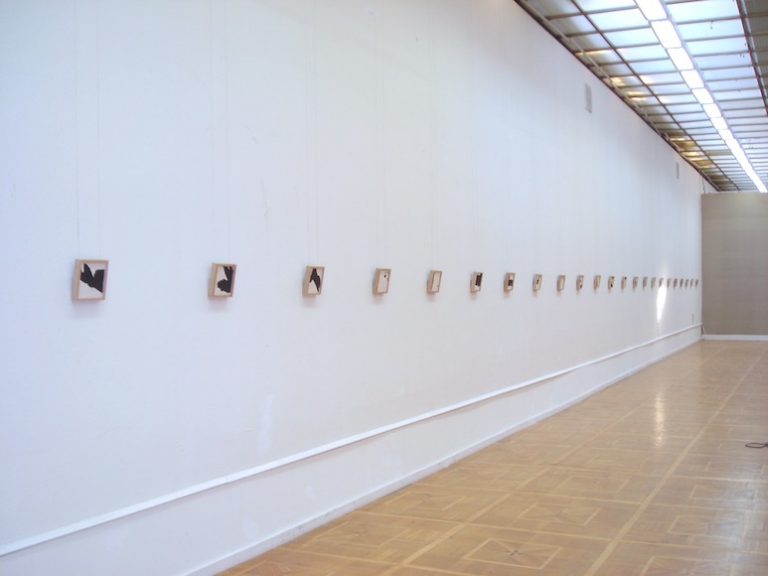
Yooah Park: “Writing in the Void”
Categories: projects
Tags: Yooah Park
“Scents” presented during the 58th Venice Biennale
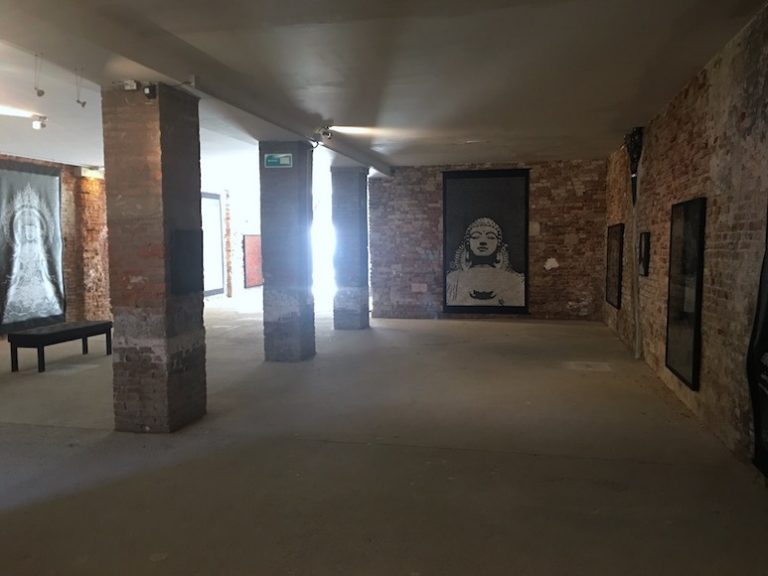
Installation view
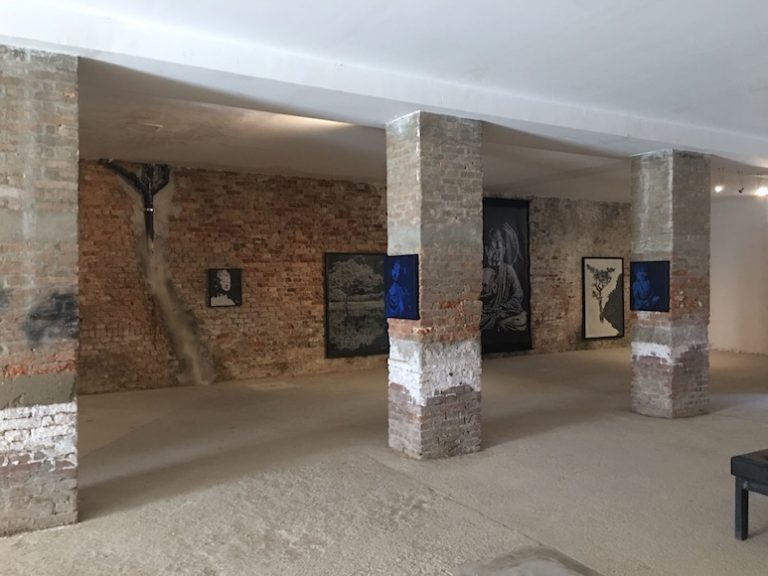
Installation view
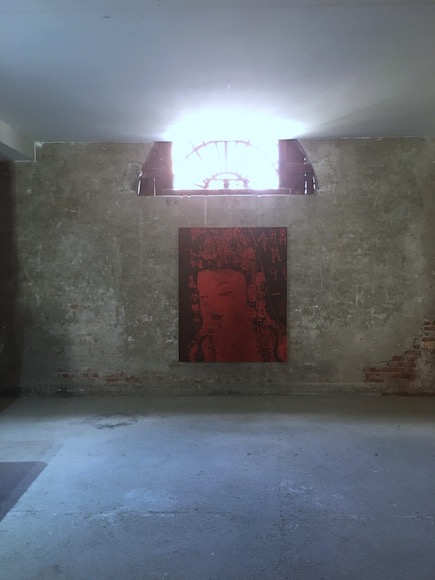
Installation view
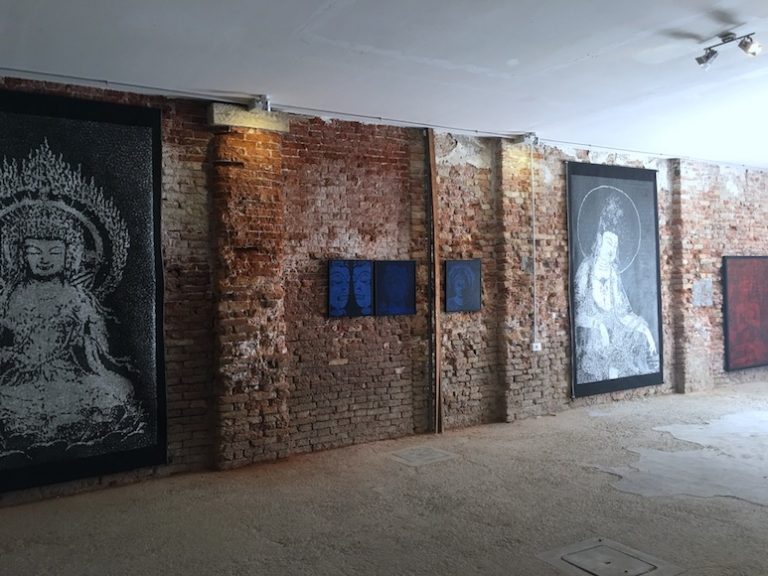
Installation view
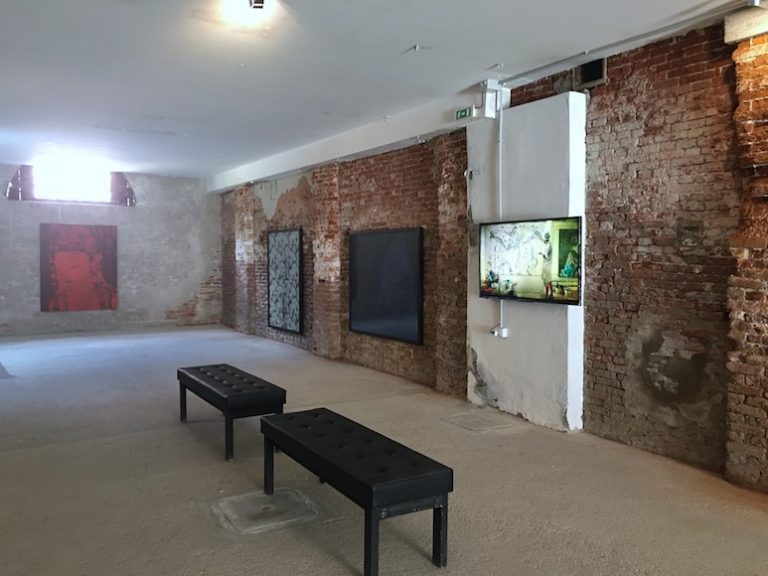
Installation view
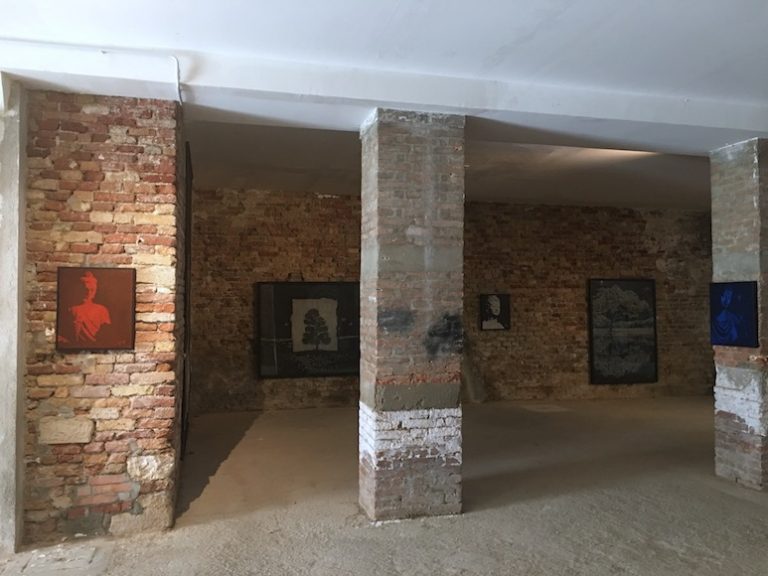
Installation view
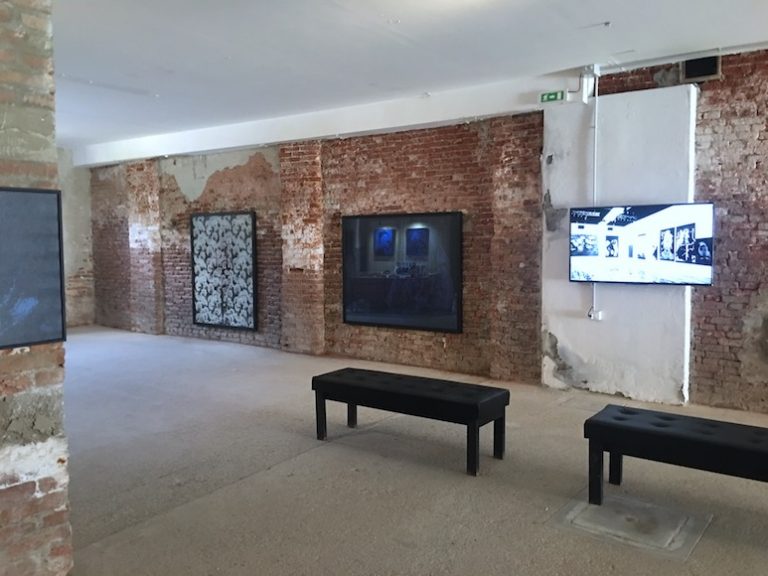
Installation view
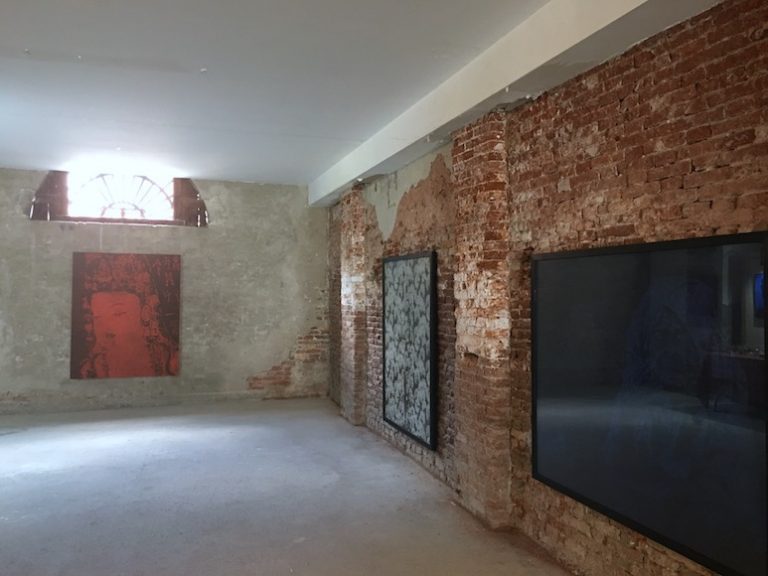
Installation view
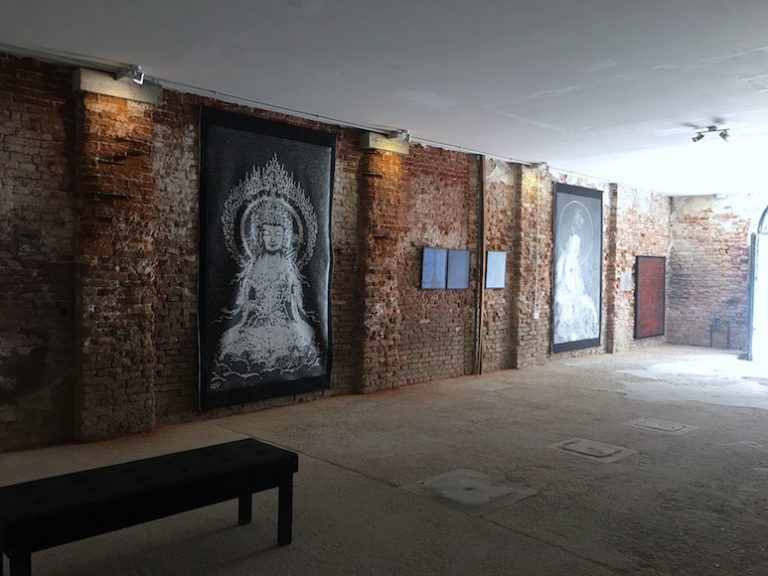
Installation view
In celebrating 58th Venice Biennale 2019, Baahng & CO. presents SCENTS, a solo exhibition, by GuGu Kim. The exhibition runs from May 9 to July 21, located at Santa Croce 556, 30135 Venezia VE, Italy. Opening reception and the Artist Talk will be held at the exhibition site on Thursday, May 9, Noon – 3 PM.
Showcasing a group of finger paintings depicting nature, people, and various manifestations of Buddha, SCENTS offers a glimpse of journey to enlightenment in life by conferring pleasure of labor and humility. Presenting scrims made up of endless finger stamps and illuminating lights from inwards, SCENTS is an artist’s attempt to visualize scents of universal beings and deities. GUGu Kim is primarily known for finger paint art and uses his own recipe of medium; mixture of powdered quartz, soot, graphite, pastel, and India ink. Born 1970 in Korea and studied metallurgical engineering, spatial and interior design, he has shown in China, Germany, Japan, and USA.
Review:
GuGu Kim
Scents
Finger Stamping Paintings
May 9 – July 21, 2019
Thursday through Mondays
10 AM – 6 PM
Opening reception: Noon – 3pm
Thursday May 9th, 2019
San Simeon Space
Santa Croce 556
30135 Venezia VE Italy
(on the Grand Canal opposite to the train station)
“Molly Davies” showcased at Digital & Video Art New York
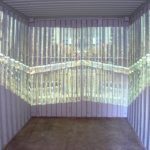
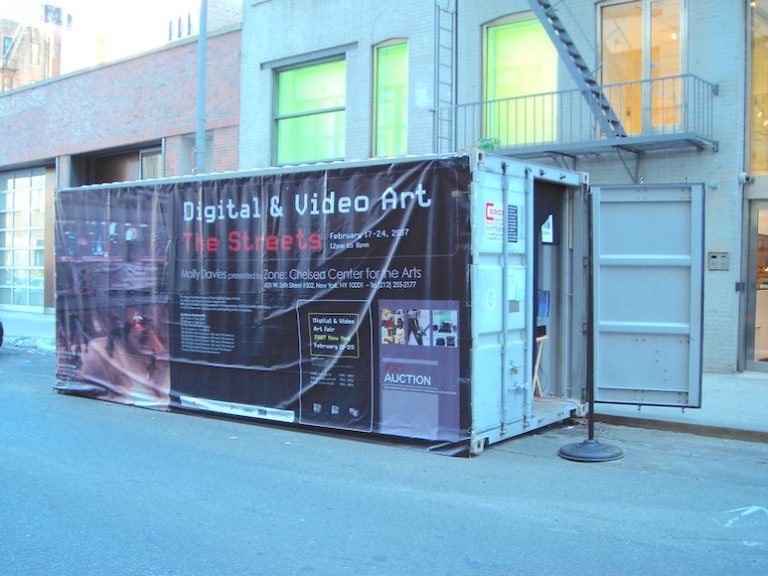
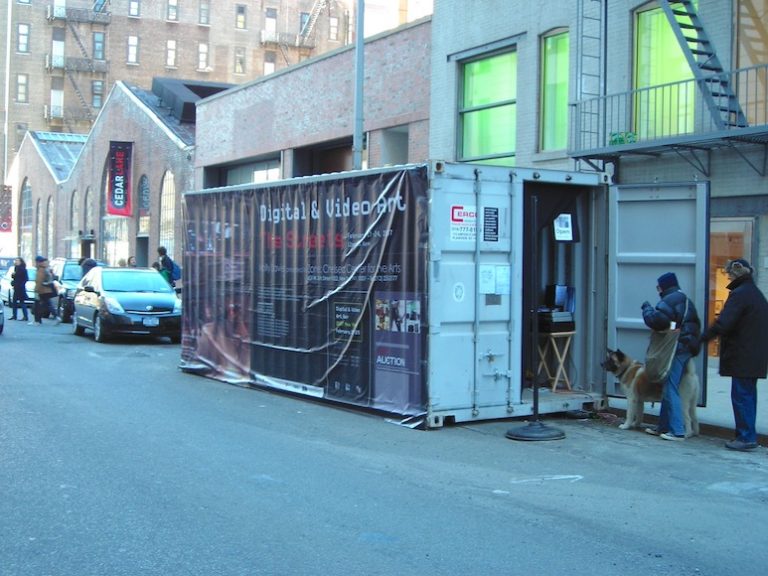
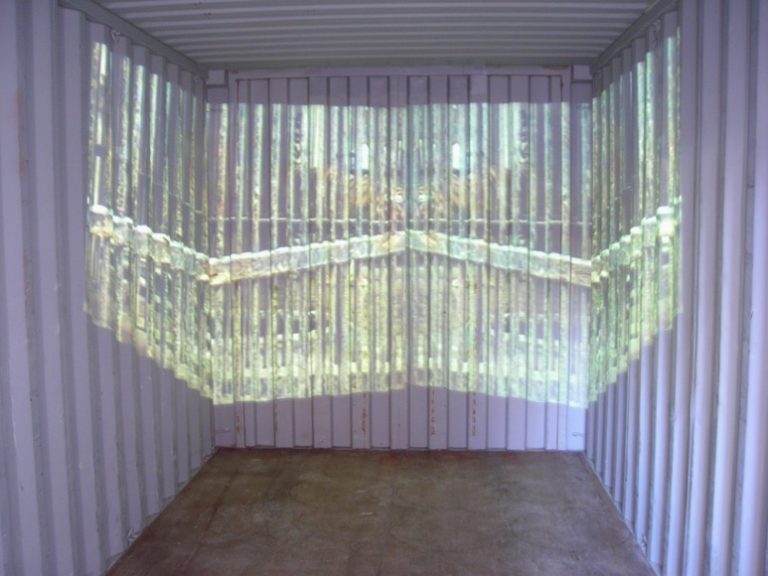
Bars, two-channel video/sound installation during Digital & Video Art The Streets 2007
ZONE: Chelsea Center for the Arts presented Molly Davies’s two-channel video/sound installation, Bars, on view in Digital & Video Art The Streets’ shipping container located at 531 West 26th Street(between 10th and 11th Avenues) from February 17-24, 2007. .
Bars is a six-minute continuous loop work which features images of caged Siberian tigers on two 8’ x 7’ screens, with sound by Charlemagne Palestine and Tuva throat singers. Digital & Video Art The Streets, produced by Frere Independent, is presented in conjunction with DiVA New York 2007, showcasing the most challenging and innovative work created in new media and video today.
About Molly Davies:
Molly Davies started making experimental films in the late 1960’s in New York City. For multi media performance pieces she has collaborated with artists including John Cage, David Tudor, Takehisa Kosugi, Lou Harrison, Michael Nyman, Alvin Curran, Fred Frith, Suzushi Hanayagi, Sage Cowles, Polly Motley, Jackie Matisse and Anne Carson. Her work has been presented at such sites as the Venice Film Festival, the Centre Pompidou, Musée de l’Art Moderne de la Ville de Paris, Musée d’Art Contemporain Lyon, The Getty, Theatre Am Turm, the Whitney Museum, the Walker Arts Center, Asia Society, the Kitchen, La MaMa E.T.C., Dance Theatre Workshop, Jacob’s Pillow Dance Festival and the Indonesian Dance Festival. Her video installation work is in the collections of the Getty Research Institute, the Musée Art Contemporain Lyon and the Walker Art Center. Her major works include “David Tudor’s Ocean” a six-channel piece documenting performances by the Merce Cunningham Dance Company and “Sea Tails” a three-channel, six monitor piece integrating film footage of Jackie Matisse’s underwater kites with a score by David Tudor.
Digital & Video Art The Streets
February 17 – 24, 2007
Container was located at 531 West 26th St (Between 10th and 11th Avenues).
Related:
Categories: projects
Tags: Molly Davies
“Gary Hill & Nam June Paik” featured at Art Taipei
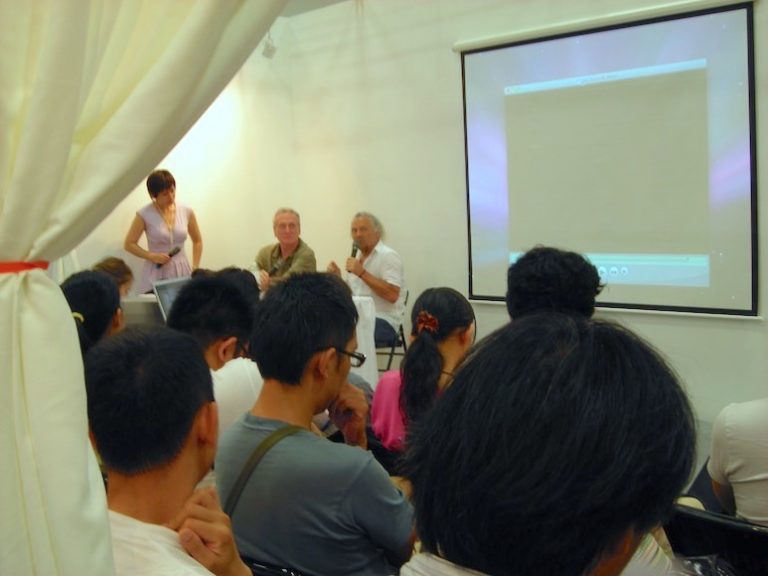
Giving lecture and discussion on “Language Beyond Its Own Limits"
August 30, 2008
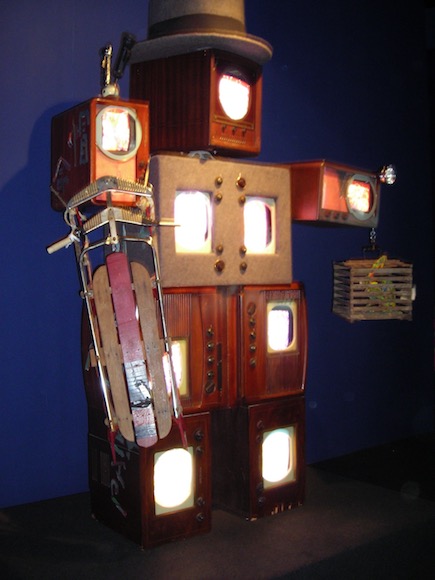
Beuys Voice
1990
265 x 188 x 95 cm
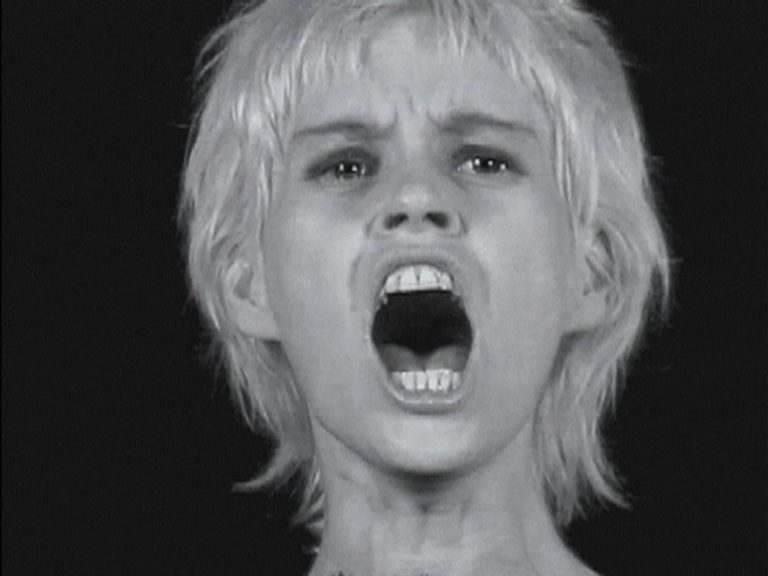
Remembering Paralinguay
2000, Single-channel video/sound installation
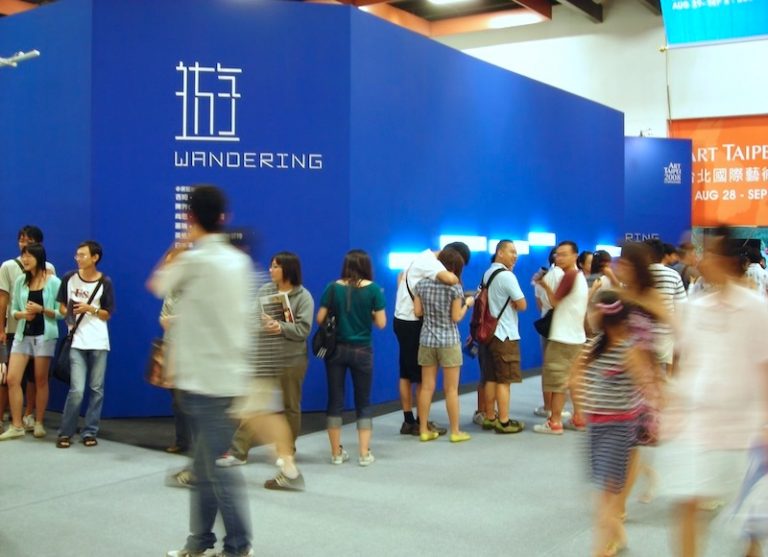
Art & Tech - Wandering
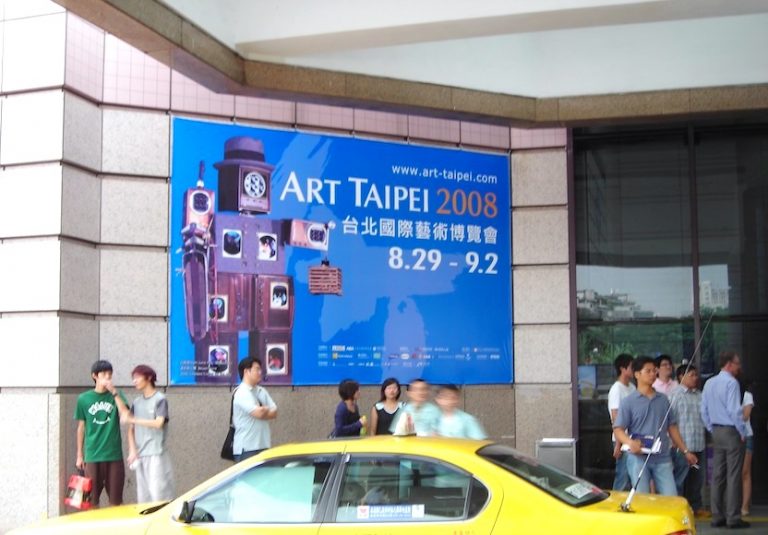
At the Art Taipei’s invitation for their 2008 Year Project, “Art & Tech – Wandering”, ZONE: Chelsea Center for the Arts presented Gary Hill’s “Remembering Paralinguay” and Nam June Paik’s “Beuys Voice” for the special exhibition during Art Taipei 2008.
George Quasha and Gary Hill gave lecture and Q&A on August 30, 2008 titled “Language Beyond Its Own Limits”
Nam June Paik
Beuys Voice
1990
265 x 188 x 95 cm
Gary Hill
Remembering Paralinguay
2000
Single-channel video/sound installation
Video projector and mount, four amplified speakers, DVD player and one DVD (black-and-white; sound)
Performer: Paulina Wallenberg-Olsson
Dimensions variable
Photo: Courtesy Donald Young Gallery, Chicago
Related:
Categories: projects
Tags: Gary Hill Nam June Paik
